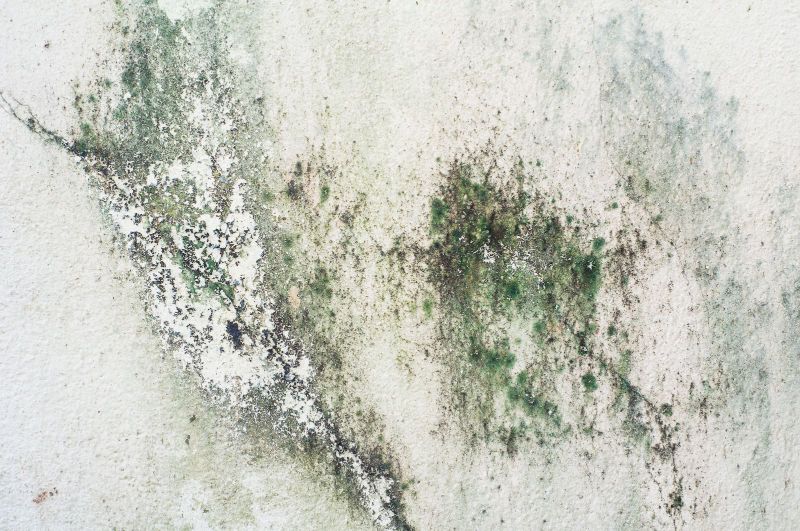Mold, a common household nuisance, can lead to health issues and structural damage if left unaddressed. Mold thrives in damp and humid environments, making prevention a key aspect of maintaining a healthy and mold-free living space. In this blog post, we will delve into Mold Prevention 101, offering practical tips and strategies to safeguard your home and create an environment that promotes mold-free living.
- Understand the Basics of Mold:
Mold is a type of fungus that reproduces through airborne spores. It requires moisture, warmth, and organic matter to grow. Common indoor molds include Aspergillus, Cladosporium, and Stachybotrys (black mold). Understanding the conditions that promote mold growth is essential for effective prevention.
- Control Indoor Humidity:
Maintaining proper indoor humidity levels is a cornerstone of mold prevention. Aim to keep humidity between 30% and 50%. Use dehumidifiers in areas prone to moisture, such as basements and bathrooms, and ensure proper ventilation in the home.
- Fix Leaks Promptly:
Water leaks provide a perfect breeding ground for mold. Inspect your home regularly for leaks in pipes, roofs, and windows. Address any leaks promptly to prevent the accumulation of moisture and the onset of mold growth.
- Improve Ventilation:
Proper ventilation is vital for mold prevention. Ensure that your home is well-ventilated, especially in areas with high moisture levels like bathrooms and kitchens. Use exhaust fans to expel humid air and allow fresh air to circulate.
- Direct Water Away from the Foundation:
Ensure that water is directed away from the foundation of your home. Proper grading, gutter maintenance, and the installation of downspout extensions can prevent water from pooling near the foundation, reducing the risk of moisture seepage.
- Monitor Indoor Plants:
Indoor plants, while beneficial for air quality, can contribute to mold growth if overwatered. Be mindful of the moisture levels in the soil, and avoid overwatering. Place a layer of gravel on top of the soil to discourage mold growth.
- Regularly Clean and Maintain Gutters:
Clogged gutters can lead to water overflow, causing moisture to seep into the walls and foundation of your home. Regularly clean and maintain gutters to prevent water accumulation and reduce the risk of mold.
- Use Mold-Resistant Products:
Consider using mold-resistant products in areas prone to dampness, such as bathrooms and basements. Mold-resistant drywall, paint, and insulation can provide an additional layer of protection against mold growth.
- Keep HVAC Systems Clean:
Heating, ventilation, and air conditioning (HVAC) systems can spread mold spores if not properly maintained. Regularly clean and replace filters, and schedule professional HVAC inspections to ensure that the system is mold-free.
- Insulate and Ventilate Attics:
Attics are susceptible to mold growth due to inadequate ventilation and insulation. Ensure proper attic ventilation to prevent condensation, and install sufficient insulation to maintain consistent temperatures and reduce humidity.
- Utilize Mold-Inhibiting Cleaners:
When cleaning surfaces prone to mold, use mold-inhibiting cleaning products. These cleaners not only remove existing mold but also help prevent its recurrence. Be diligent in areas where moisture is prevalent, such as bathrooms and kitchens.
- Monitor Indoor Humidity During Wet Seasons:
Be particularly vigilant during wet seasons when the risk of mold growth is higher. Use dehumidifiers, ensure proper ventilation, and promptly address any water-related issues to prevent mold from taking hold.
Mold prevention is a proactive and ongoing process that involves vigilance, maintenance, and a commitment to creating a healthy living environment. By understanding the conditions conducive to mold growth and implementing preventive measures, you can significantly reduce the risk of mold-related issues in your home.
Regular inspections, prompt repairs, and the incorporation of mold-resistant practices contribute to a mold-free living space. Mold prevention not only safeguards your health but also preserves the integrity of your home. Embrace Mold Prevention 101 as a guide to fostering a clean, healthy, and mold-free living environment for you and your family.

